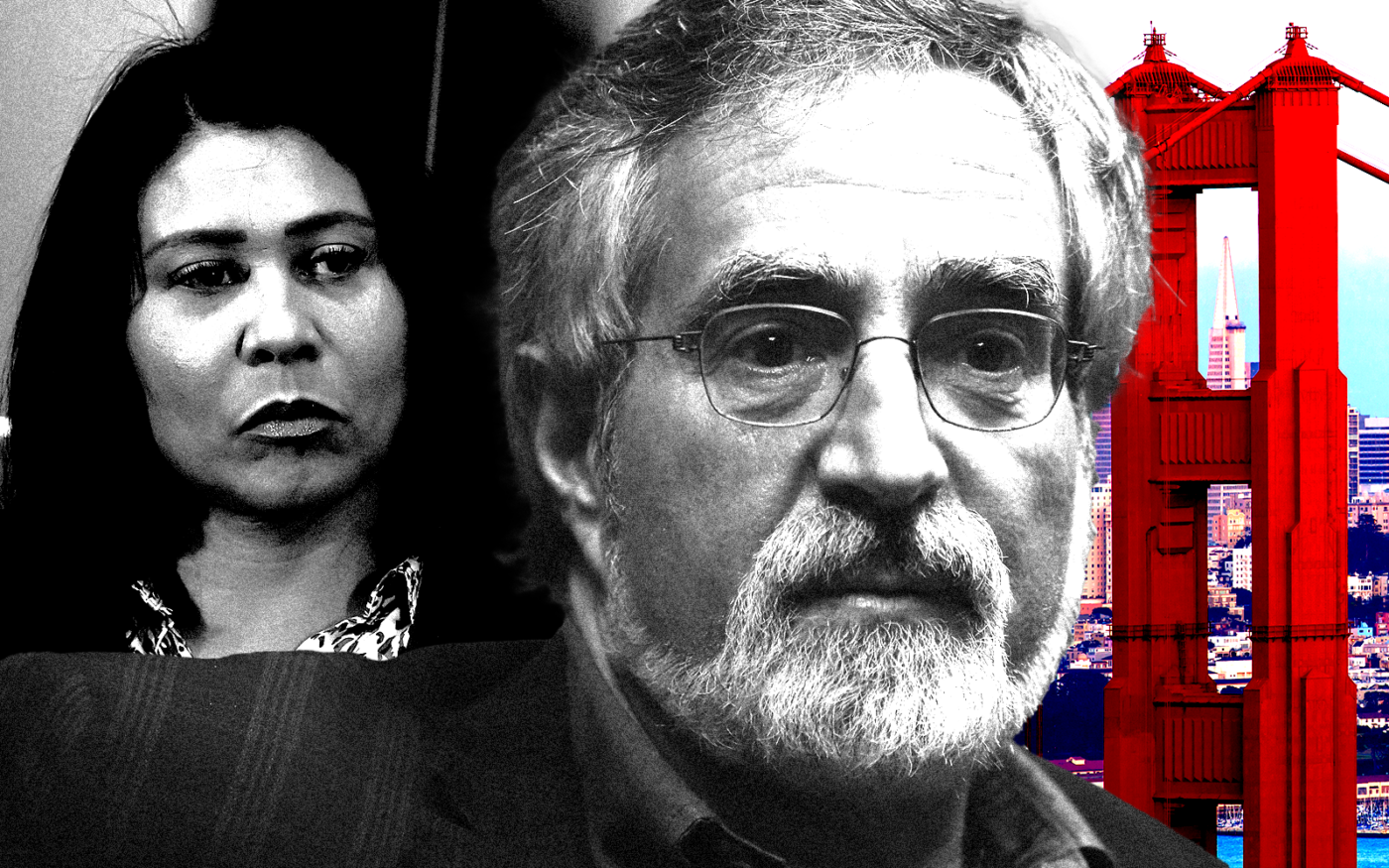 SF mayoral race could turn on wedge issue: housing
SF mayoral race could turn on wedge issue: housing
Trending
YIMBY Breed versus NIMBY Peskin square off in SF mayoral race
Election presents voters with divergent strategies on housing in San Francisco

From left: Mayor of San Francisco London Breed and Board of Supervisors president Aaron Peskin (Getty)
The San Francisco mayoral race between Mayor London Breed and Board of Supervisors President Aaron Peskin is framed as the YIMBY versus the NIMBY.
Peskin, the progressive challenger who announced his candidacy this week, is expected to formally declare his candidacy with the city’s elections department on Friday, April 5, the San Francisco Chronicle reported.
A month ago, Breed stood on the steps of City Hall and made a scorching assessment of her pending rival’s views on housing.
“What Supervisor Peskin is trying to do is what he’s always done, the NIMBY that he is, and that is to destroy housing production,” Breed declared. “I am sick of his shenanigans.”
It was the opening salvo in the battle around a central issue in the mayor’s race: how to fix a housing shortage that has made San Francisco unaffordable for most residents, according to the Chronicle.
Breed and her “yes in my backyard” backers have tried to paint Peskin as a “not in my backyard” preservationist because he has often sided with neighborhood groups in blocking specific projects, particularly on the waterfront and in historic districts.
Breed has said she’ll fight any “anti-housing legislation,” while Peskin has said “we can be both pro-neighborhood and pro-housing.”
For three decades, Peskin has been a thorn in the side of developers and landlords, described by the newspaper as a “litigious and wily operator” who has used his political acumen to kill housing projects, strengthen tenant rights and pass bills that have often made it harder and more expensive to build homes.
He sued to block the redevelopment of Treasure Island, causing a three-year delay.
He appealed to voters to block 136 condos at 8 Washington Street near the Ferry Building — known as the “wall on the waterfront.” He helped kill a 430-condo tower at 555 Washington Street.
Nonetheless, his voting record is more nuanced than Breed and his critics may admit.
As board president, he led the rezoning of the eastern neighborhoods, resulting in thousands of homes in Potrero Hill, Dogpatch, the Mission and Showplace Square.
He negotiated neighborhood plans for Market-Octavia, the Transbay Transit District, Rincon Hill and Central SoMa, as well as development agreements for huge projects such as Parkmerced, Potrero Power Station and Balboa Reservoir, according to the Chronicle.
And he has shown an independent streak, voting against his progressive allies to support large housing projects, including Hunters Point Shipyard and Candlestick Point.
The next mayor must face a politically perilous task: allowing taller and denser buildings along transit corridors in NIMBY neighborhoods such as the Lakeside, the Sunset, the Richmond, West Portal, the Marina, Cow Hollow and Noe Valley.
The rezoning plan is part of a state-mandated goal for San Francisco to accommodate 82,000 new homes by 2031. Breed is a strong supporter. Peskin is the only candidate so far to pooh-pooh the premise.
Among Peskin’s central themes: that raising heights around the city won’t ease the city’s housing shortage, or make for more vibrant neighborhoods — unless it comes with a concrete plan on affordable housing, transportation and open space.
Builders who have faced Peskin’s opposition aren’t so sure.
Oz Erickson, who has built homes in the city for three decades, called Peskin “very anti-housing” and “the worst supervisor in the history of San Francisco.” He said Peskin’s 2016 push to increase the share of affordable units that market-rate projects must build onsite to 24 percent was “done without any due diligence.”
“He got no quotes from any contractors. He did not contact market-rate housing providers,” Erickson told the Chronicle “He proposed increasing the requirement so that it would become eventually impossible to build any housing.”
Read more
 SF mayoral race could turn on wedge issue: housing
SF mayoral race could turn on wedge issue: housing
 Breed vetoes bill to limit SF housing density in historic districts
Breed vetoes bill to limit SF housing density in historic districts
 SF Board overrides mayor’s veto on zoning, choosing history over density
SF Board overrides mayor’s veto on zoning, choosing history over density
Other developers said Peskin can be helpful.
Veteran home builder Eric Tao said the supervisor intervened in 2009 when a 400-unit project at Fifth and Folsom streets was at risk of stalling. While Peskin pushed for a few more affordable units and a community arts space, he made sure the project could go forward.
“He negotiated, but he realized the need to get more housing built was more important than a policy debate,” Tao told the newspaper.
— Dana Bartholomew




